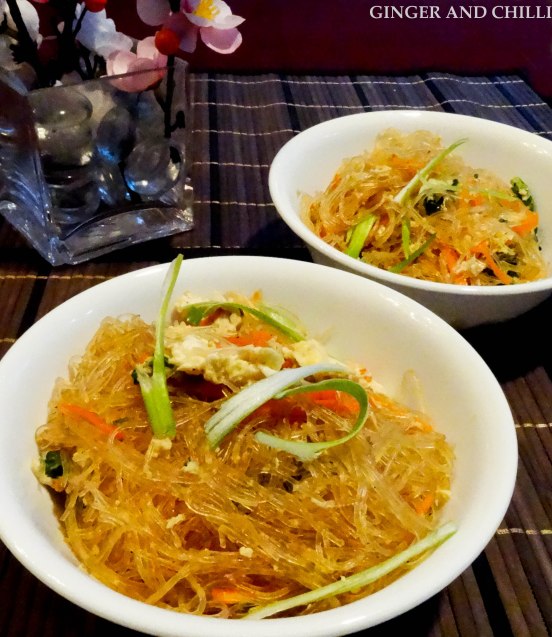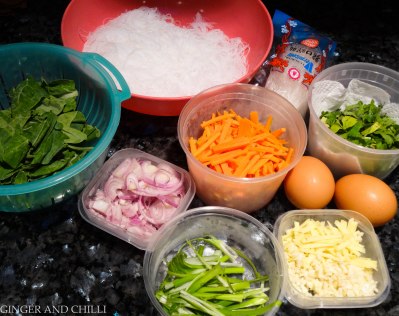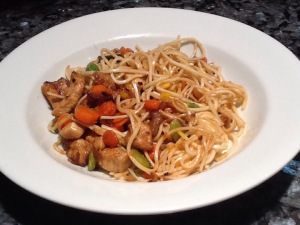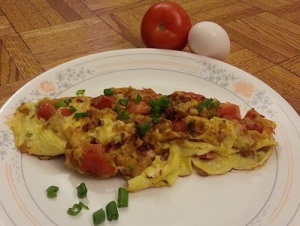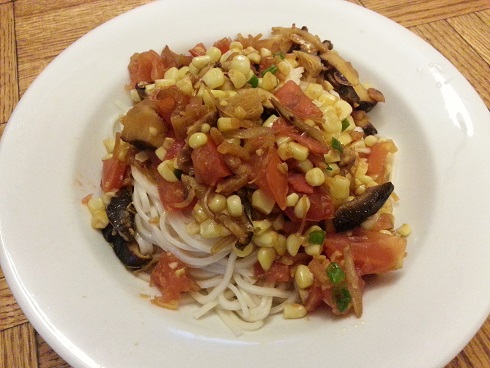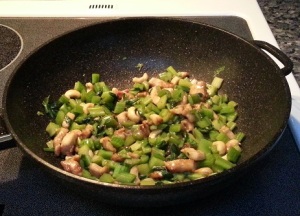Mid-Autumn Festival Mooncakes 中秋月饼, commonly just called ‘Mooncakes’月饼 are traditionally eaten during the Mid-Autumn Festival. Shared with friends and family while celebrating the abundance of harvest, the Mid-Autumn Festival is one of the four most important Chinese festivals and falls on the 15th day of the 8th lunar month in the lunar calendar. These round-shaped cakes symbolise unity and harmony, although modern day mooncakes come in a variety of shapes.
Stories abound regarding the origin of the mooncake. The account I grew up with tells of notes hidden in the sweet cakes that Han Chinese rebels, led by General Zhu Yuan Zhang 朱元璋, used to coordinate against the Mongols. The rebellion ended the Yuan Dynasty in 1368.
Mooncake moulds come in wooden and plastic versions. Wooden moulds must first be ‘seasoned’ by air-drying well to ensure there is no moisture trapped in the wood, then soaking completely in oil for 1-2 days and air-dried again. Peanut oil is traditionally preferred but I suppose other types of vegetable oils could be substituted. Thereafter, the mould should not be washed or rinsed in water.
After experimenting with proportions and ingredients, this recipe is what I will be using for a while. It makes about 8 regular-sized mooncakes, 3″ (8cm) in diameter.
Ingredients for the Filling
860 grams ready-made mooncake filling paste (eg. lotus paste, red bean paste, etc)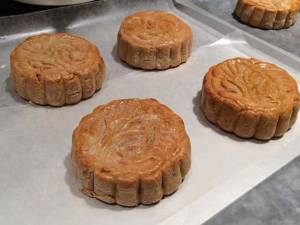
300 grams plain or all-purpose flour, sifted
180 grams golden syrup (I prefer Lyle’s Golden Syrup, available at Cost Plus World Market)
1½ tsp alkaline water (lye water)
15 tsp olive or vegetable oil
1½ tsp vanilla extract
Optional:
10-16 tsp melon seeds or pine nuts
Salted duck yolk, cooked, whites removed (1 per mooncake)
Other Ingredients
Plain flour for dusting work surface, rolling pin, hands and dough
Egg wash (1 egg and 1 tbsp water, lightly beaten and sieved to remove bubbles)
Mooncake mould (100g mould, 3″/8cm diameter)
Making the Dough
1. In a large bowl, add golden syrup, alkaline water, olive oil and vanilla extract. Stir till well combined.
2. Add in sifted flour and mix to just form a soft dough. Do not over knead.
3. Wrap dough with cling wrap and leave to rest for 30 min, but about ideally 2 hours 醒面. This helps the dough harden slightly and become more elastic, making it easier to work with.
After waiting, lightly knead to smoothen it.
4. Divide dough into 35g pieces and shape into balls.
Making the Filling
1. Divide the filling paste into 60g pieces. Optional: Add 1-2 tsp of melon seeds or pine nuts to each piece. Shape filling pieces into a ball.
2. If making filling with salted egg yolk, adjust weight paste so that the total weight of the yolk and paste is 60g. Wrap filling paste around the yolk and shape into a ball.
3. Make the same number of filling pieces as there are dough pieces.
Assembling and Mooncake
1. Roll the dough over some flour. Dust rolling pin with flour. Flatten each dough into a small disc.
2. Place a piece of filling within a disc of dough (skin) and wrap, forming a smooth ball.
3. Lightly dust the wrapped mooncake ball with some flour. Place it in the mooncake mould and press firmly. Invert the mould and tap a few times to eject the mooncake.
4. Place mooncake on a floured baking tray lined with parchment paper.
5. Repeat until all the dough is used up.
6. Spray some water on the mooncakes.
7. Preheat oven to 350°F (180°C). Bake for 10 mins.
8. Remove from oven and leave to cool for 20 minutes.
9. Brush the mooncake evenly with egg wash, including the sides. Remove any bubbles that might have formed during the brushing process. Bubbles tend to ruin the appearance of the final product.
10. Return to oven and continue to bake for another 10 to 12 minutes, or until golden brown.
11. Leave the mooncake to cool completely. Wrap in parchment paper and store in air tight containers. Allow 1-2 days for the oil to seep back out 回油, resulting in a softer and shiner skin.
Makes 8 regular-sized mooncakes
Adapted from Traditional Baked Mooncakes
Related posts:

